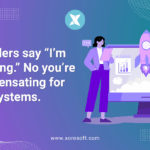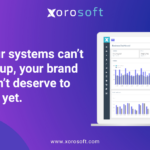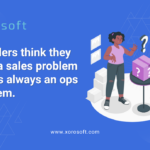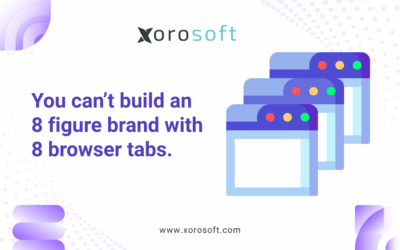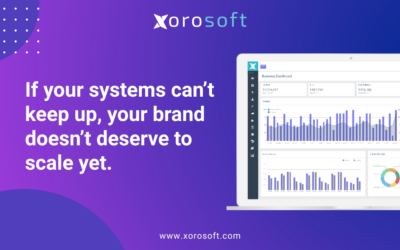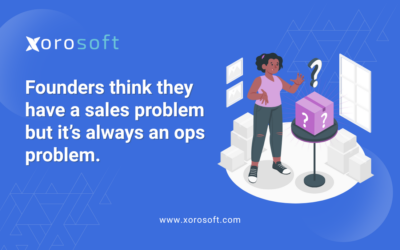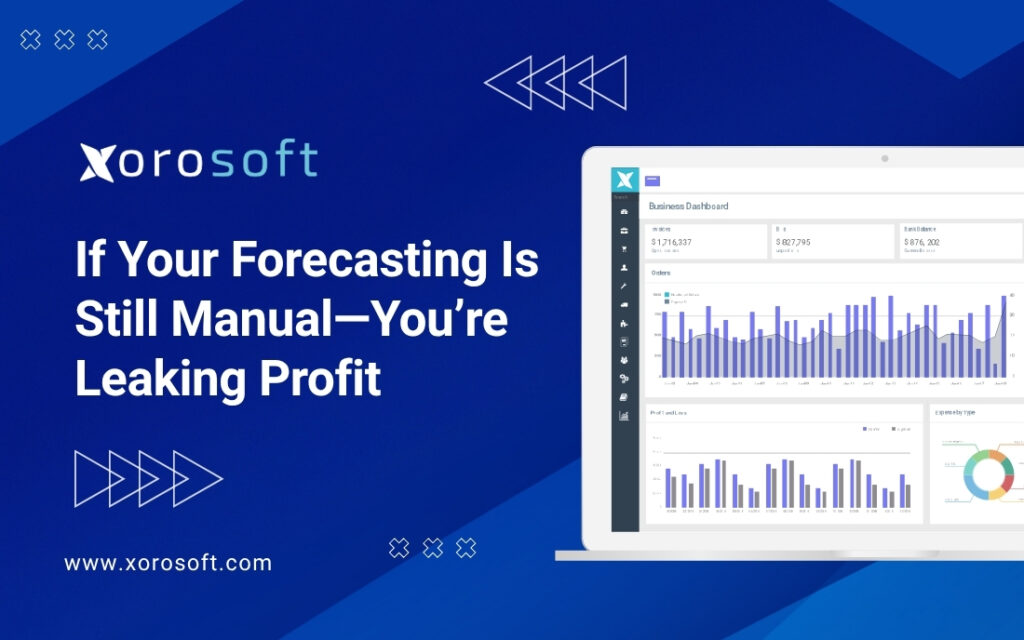
Manual Inventory Forecasting Is Killing Your Profit
Manual inventory forecasting is killing your margins—quietly, steadily, and preventably. As businesses scale, many still rely on spreadsheets and outdated tools to plan demand. Unfortunately, this leads to preventable profit loss every single day.
To make matters worse, most companies don’t realize the issue until stockouts, missed revenue, or bloated warehouses force them to pay attention.
Let’s be honest—guessing inventory needs with outdated tools is gambling, not forecasting. And in today’s competitive market, that gamble is rarely worth it.
How Manual Inventory Forecasting Creates Hidden Chaos
At first glance, spreadsheets might seem harmless—familiar, flexible, and fast. However, once your business starts growing, those same spreadsheets quickly become your biggest liability.
Here’s what manual inventory forecasting often leads to:
-
Stockouts at the worst times, killing customer satisfaction and sales
-
Overstocking on slow movers, tying up valuable capital
-
Slow procurement decisions, because your data is outdated by the time it’s reviewed
-
Misalignment across departments, as everyone works off different versions of the truth
Consequently, these breakdowns don’t just frustrate teams—they eat away at profitability. Instead of planning, teams spend time reacting. Furthermore, the reactive cycle limits your growth potential and drains resources.
Why Forecasting Breaks Without Unified Systems
So, what’s really behind these recurring inventory issues?
Essentially, the answer is fragmentation. Many fast-growing companies use a mix of disconnected systems—QuickBooks, spreadsheets, inventory trackers, Shopify exports, and standalone shipping tools. While each solution serves a purpose, they don’t sync in real time.
For example, your sales team exports reports manually. Meanwhile, your inventory team updates spreadsheets weekly. At the same time, your procurement team places orders based on last month’s numbers. Moreover, your warehouse team gets blamed when fulfillment misses the mark.
Because of this disconnect, manual inventory forecasting becomes a reactive mess. Instead of anticipating demand, teams scramble to keep up with yesterday’s sales.
In other words, planning becomes guesswork. As a result, business performance suffers.
What Smarter Forecasting Actually Looks Like
To forecast demand intelligently, growing businesses must move beyond spreadsheets. Instead, they need a system that connects every function—sales, inventory, procurement, and fulfillment—in real time.
Here’s what intelligent forecasting looks like:
-
Live sales and inventory tracking across all channels
-
Automated reorder alerts triggered by actual trends
-
Centralized planning dashboards covering all locations
-
Dynamic forecasting models that adapt to promotions and seasonality
In addition, a modern ERP consolidates everything into one platform. This eliminates silos and empowers every department to act proactively. Consequently, your business can respond to demand changes instantly, rather than after the fact.
How Xorosoft ERP Replaces Manual Inventory Forecasting
This is where Xorosoft ERP shines.
Built for manufacturers, retailers, and distributors, Xorosoft simplifies operations by automating forecasting, inventory planning, and fulfillment—all in one system.
As a result, businesses experience fewer stockouts, faster turns, and healthier profit margins.
Real-Time Forecasting Based on Live Data
Whether you’re selling via Shopify, Amazon, or physical stores, Xorosoft pulls in real-time data from every channel. That means your forecasts are based on current sales—not outdated spreadsheets.
Moreover, the system dynamically adjusts forecasts as trends shift. So, if a product starts trending, you’re already ahead.
Want to see it in action? Book a free demo and explore the real-time forecasting dashboard.
Built-In Warehouse Management System for Accuracy
Unlike legacy platforms, Xorosoft includes a powerful warehouse management system as a native feature—not an afterthought. Therefore, inventory data remains accurate at all times, and your forecasts reflect reality.
Native Integrations for Seamless Sync
Xorosoft connects directly with Shopify, Amazon, 3PLs, and EDI systems. In fact, it’s live on the Shopify App Store. That integration ensures that every order, return, or adjustment updates your forecasts in real time.
Even better, you can automate replenishment triggers and procurement workflows, removing manual effort entirely.
Ranked #1 for Ease of Use on G2
One reason teams love Xorosoft? It’s intuitive. That’s why we’re ranked #1 in Ease of Use on G2. Even better, most businesses are fully onboarded in just a few weeks.
Additionally, don’t just take our word for it—check out these customer success stories to see how others are already benefiting.
Why Manual Inventory Forecasting Is No Longer a Scalable Strategy
If you’re growing and still using manual inventory forecasting, here’s what you’re risking:
-
Lost sales from preventable stockouts
-
Capital waste from over-purchasing
-
Cross-team confusion and delays
-
Lower margins due to inefficient planning
Clearly, manual forecasting worked when you were smaller. However, as operations expand, it becomes a serious liability.
By switching to ERP forecasting, your team shifts from reactive to proactive. Moreover, you position yourself for long-term growth, not constant correction.
Ready to Replace Manual Inventory Forecasting With Real-Time ERP?
It’s time to move past spreadsheets, late reports, and guesswork.
With Xorosoft ERP, you get complete visibility, accurate forecasts, and seamless automation across your operations. In addition, you eliminate inventory guesswork and start driving smarter, faster decisions.
📈 Book your Xorosoft demo today and discover how real-time forecasting helps you scale with confidence.
